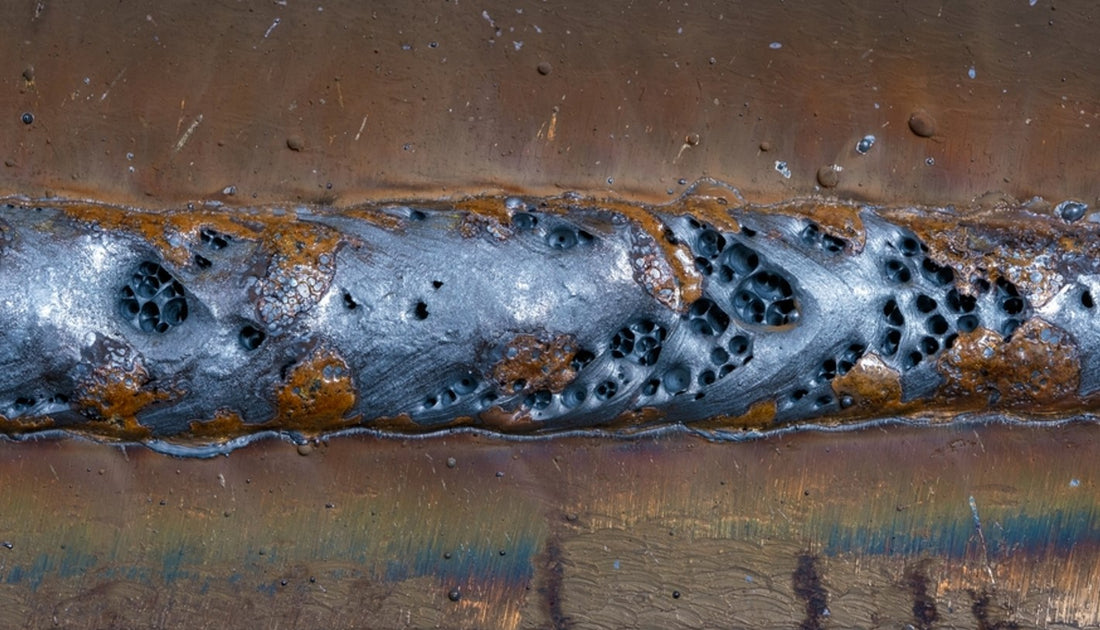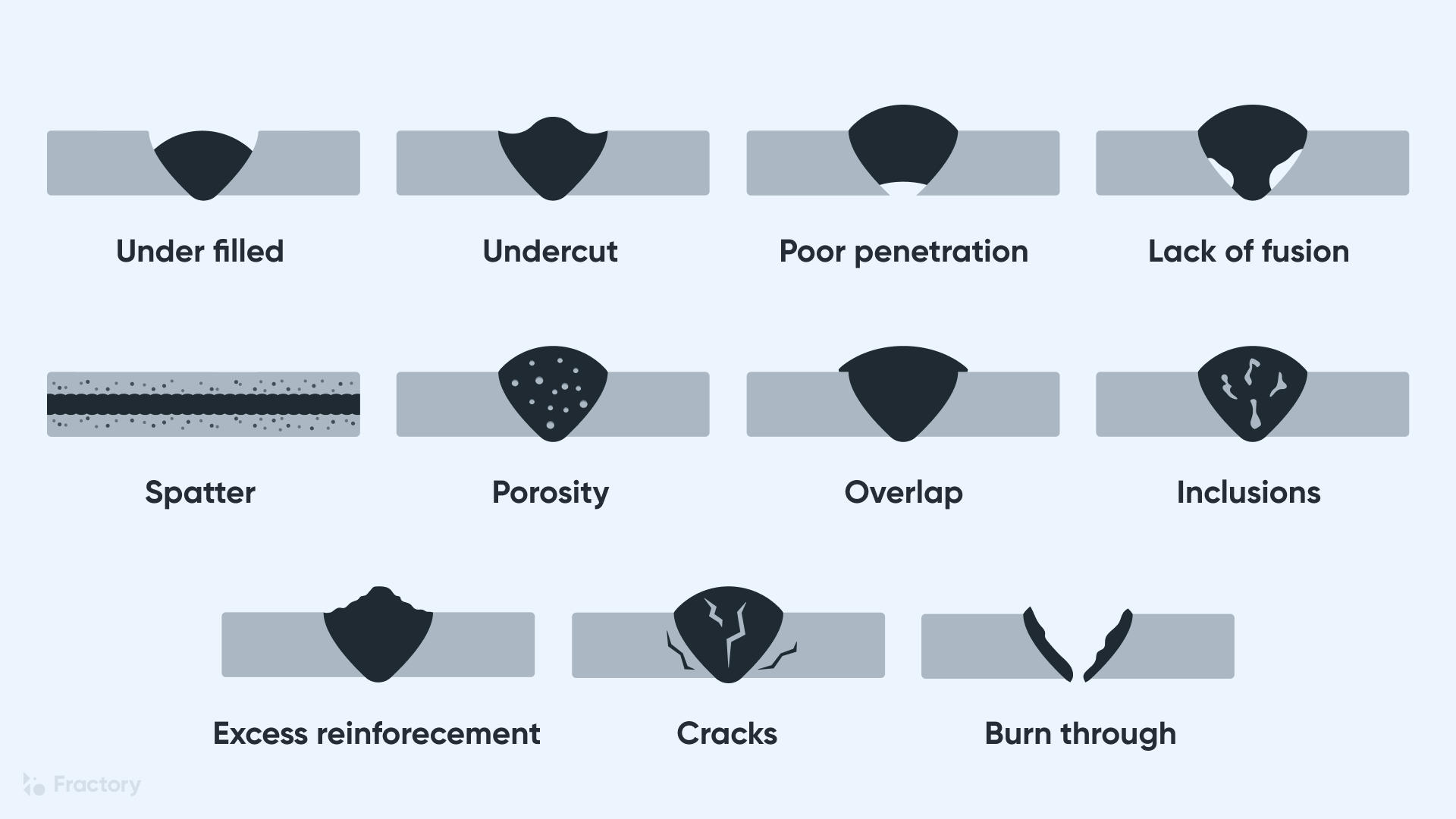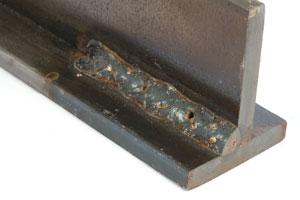What is Porosity in Welding: Comprehending Its Reasons and Enhancing Your Skills
What is Porosity in Welding: Comprehending Its Reasons and Enhancing Your Skills
Blog Article
Recognizing Porosity in Welding: Checking Out Causes, Effects, and Prevention Methods
Porosity in welding is a relentless difficulty that can considerably affect the quality and honesty of welds. As experts in the welding market are well conscious, comprehending the causes, results, and avoidance methods associated with porosity is important for attaining robust and reliable welds. By delving into the source of porosity, analyzing its detrimental results on weld quality, and exploring efficient prevention methods, welders can boost their understanding and abilities to generate top notch welds regularly. The complex interaction of aspects adding to porosity calls for a detailed understanding and a proactive technique to make sure successful welding results.
Usual Reasons For Porosity
Contamination, in the form of dirt, grease, or corrosion on the welding surface, produces gas pockets when warmed, leading to porosity in the weld. Inappropriate protecting takes place when the protecting gas, generally made use of in procedures like MIG and TIG welding, is not able to fully protect the liquified weld swimming pool from reacting with the surrounding air, resulting in gas entrapment and succeeding porosity. In addition, insufficient gas insurance coverage, typically due to incorrect circulation prices or nozzle positioning, can leave components of the weld unprotected, enabling porosity to create.
Results on Weld Quality
The presence of porosity in a weld can significantly compromise the general quality and honesty of the bonded joint. Porosity within a weld produces spaces or tooth cavities that compromise the structure, making it extra prone to cracking, rust, and mechanical failing. These voids function as tension concentrators, lowering the load-bearing capacity of the weld and boosting the probability of early failing under used anxiety. On top of that, porosity can likewise work as prospective sites for hydrogen entrapment, additional aggravating the destruction of the weld's mechanical homes.
Additionally, porosity can impede the effectiveness of non-destructive screening (NDT) strategies, making it challenging to spot other defects or stoppages within the weld. This can lead to considerable safety and security issues, particularly in crucial applications where the structural integrity of the welded elements is paramount.

Avoidance Techniques Overview
Provided the detrimental effect of porosity on weld top quality, reliable avoidance strategies are crucial to maintaining the architectural stability of welded joints. Furthermore, selecting the proper welding specifications, such as voltage, current, and take a trip rate, can assist minimize the danger of porosity formation. By incorporating these prevention techniques into welding techniques, the incident of porosity can be considerably reduced, leading to stronger and go to this website more reliable bonded joints.
Value of Appropriate Shielding
Proper shielding in welding plays a critical function in stopping atmospheric contamination and ensuring the honesty of bonded joints. Protecting gases, such as argon, helium, or a combination of both, are typically used to protect the weld swimming pool from responding with elements airborne like oxygen and nitrogen. When these responsive components enter into call with the warm weld pool, they can trigger porosity, bring about weak welds with minimized mechanical residential properties.

Insufficient securing can result in numerous issues like porosity, spatter, and oxidation, jeopardizing the architectural integrity of the bonded joint. Sticking to appropriate protecting techniques is crucial to generate top quality welds with very little issues and ensure the long life and reliability of the bonded elements.
Tracking and Control Methods
Exactly how can welders effectively monitor and regulate the welding process to guarantee optimal results and protect against defects like porosity? By continually keeping an eye on these variables, welders can determine discrepancies from the perfect conditions and make prompt modifications to avoid porosity formation.

Additionally, applying correct training programs for welders is necessary for keeping an eye on and managing the welding process effectively. What is Porosity. Enlightening welders on the value of preserving regular specifications, such as appropriate gas shielding and take a trip speed, can help protect against porosity problems. Normal analyses and accreditations can also make sure that welders are efficient in tracking and regulating welding processes
Additionally, the usage of automated welding systems can enhance monitoring and control abilities. These systems can precisely regulate welding parameters, lowering the possibility of human mistake and guaranteeing regular weld high quality. By incorporating innovative monitoring modern technologies, training programs, and automated systems, welders can efficiently check and control the welding procedure to decrease porosity flaws and achieve top notch welds.
Verdict

Report this page